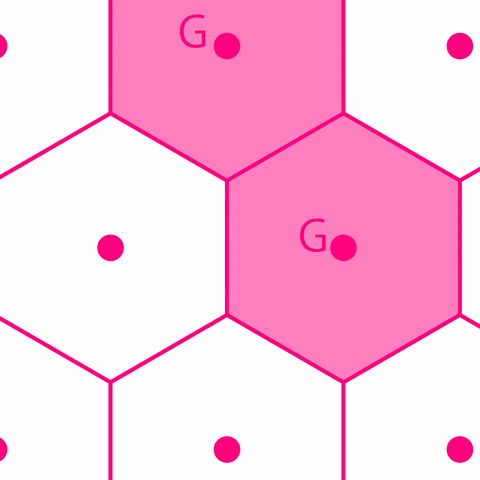
The topic of Skinner’s rural-urban continuum came up in a staff meeting today, where my colleague Sumeeta referred us to a recent column by Steven Strogatz in the NYTimes. The idea is along the lines of Christaller’s central place theory, in which the demand for goods and services drives the spatial distribution of human settlements. In the article, Strogatz draws a parallel between Zipf’s law as it has been used to show the relative size in cities, and the ways in which biological organisms develop into holistic systems. There is a self-determining economy of scale that occurs, whether in the exfoliation of leaves on a tree, the distribution of tissues in a human body, or the amalgamated infrastructure of a modern metropolis. It turns out that the efficiencies gained by hiving together are a natural driver which brings all us living beings — kicking and screaming in defiance, to be sure! — together into super-organisms. So we are basically just cellular automata, after all, which is sure to make Rudy Rucker happy.